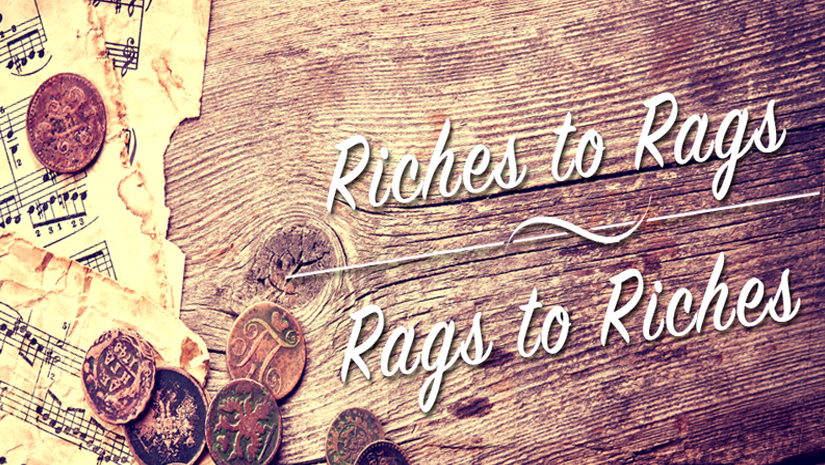India was once a land of Royals, but after Independence, their powers were stripped, lands and jewels seized and some of them are not even compensated. Some of the royals have managed to stay true to their status, by working hard and becoming businessmen, while some are struggling even for a square meal. Many of them have sold their treasures and lands and palaces to continue leading their lavish lifestyle which is what caused their downfall.
Here are 6 such progenies of powerful royal families that are struggling to make ends meet.
Osman Ali Khan :

The Nizams were the richest by the early 20th century with wealth about £500 million. He apparently used a 185-carat diamond worth $200 million for a paperweight and apparently, had enough pearls to fill up Piccadilly Circus. But having a prodigious craving for sex and siring numerous children from his 86 mistresses in his harem, he was supposed to have more than 100 illegitimate children due to which by 1990s, the petitioners to his wealth had gone up to 400 legal heirs.
Raja Brajraj Kshatriya Birbar Chamupati Singh, Mahapatra of Tigiria:

Aged 92, he lives alone in a home described as a ‘mud hut’ with a leaking roof and curtains of cobwebs, left by his wife and six children to the mercy of the villagers who bring him rice and lentils for lunch. He was forced to sell his palace in 1960 for £900 and later separated from his wife. In 1975, the late prime minister Indira Gandhi withdrew the last remaining royal privileges and he lost his annual income. Despite his spectacular fall from grandeur, he remained happy, he said. “Then I was the king. Now I’m a pauper. But I have no regrets whatsoever.”
Sultana Begum, Wide of great-grandson of Emperor Bahadur Shah Zafar:

After her husband’s death in 1980, Sultana Begum has been living her life in poverty. This heiress is forced to live in a tiny 2-room hut in slums of Kolkata, with a shared kitchen with her neighbours and using water from street taps. Despite evidence that she is related to the 19th century royal family, Sultana goes about her daily life on a basic pension of around 6000 INR per month, within which she has to cover herself and her six children, five daughters and one son.
The Scindias of Gwalior

The Gwalior fort was used by the Scindiasas an armoury as well as a treasury where they had huge collection of wealth known as the ‘Gangajali’ was accumulated so that it could be used during emergencies such as wars and famines.Maharaja Jayaji rao Scindia who was responsible for this treasury, died soon after and was unable to pass on the secret code required to access it to his son Madhav Rao, as he was just a child. The family then went into a state of financial ruin for many, many years.
For years, the wealth remained lost and life was a struggle. Fortunately though, eventually Madhav managed to find the chamber and their financial issues were largely resolved.
When he found the treasure, he decided to liquidate the assets and invested it in many industries and companies, including Tata.
Uthradom Thirunal Marthanda Varma, the former King of Travancore

By 1750, Travancore had become rich andhuge, so the then king, made a unique spiritual and historical contribution. He decided to surrender all his riches to the temple – Padmanabha swamy who is also their family deity.Later, in 2011, on the discovery of the immense wealth in the vaults of Sree Padmanabha Swamy Temple in Thiruvananthapuram, the government ordered state protection to it. However, the King had made a statement saying that the treasure belonged to neither him or the government, but to god.
Descendants of Tipu Sultan

Lineage now is in danger of extinction. Tipu Sultan’s descendants have been reduced to miserable destitution and been forced to take up menial jobs to survive. This is despite the fact that they continue to be heirs to one of the country’s biggest and richest Muslim trusts, the Prince Ghulam Mohammed Trust.
7 out of his 12 sons have no surviving male heir. Of the other 5, the descendants of only 2, Moiniruddin and Ghulam Mohammed, are traceable. Their descendants earn their livelihood as small-time businessmen, the survivors of Ghulam Mohammed’s lineage live in squalid poverty in a dilapidated haveli.
By: Archa Dave


























